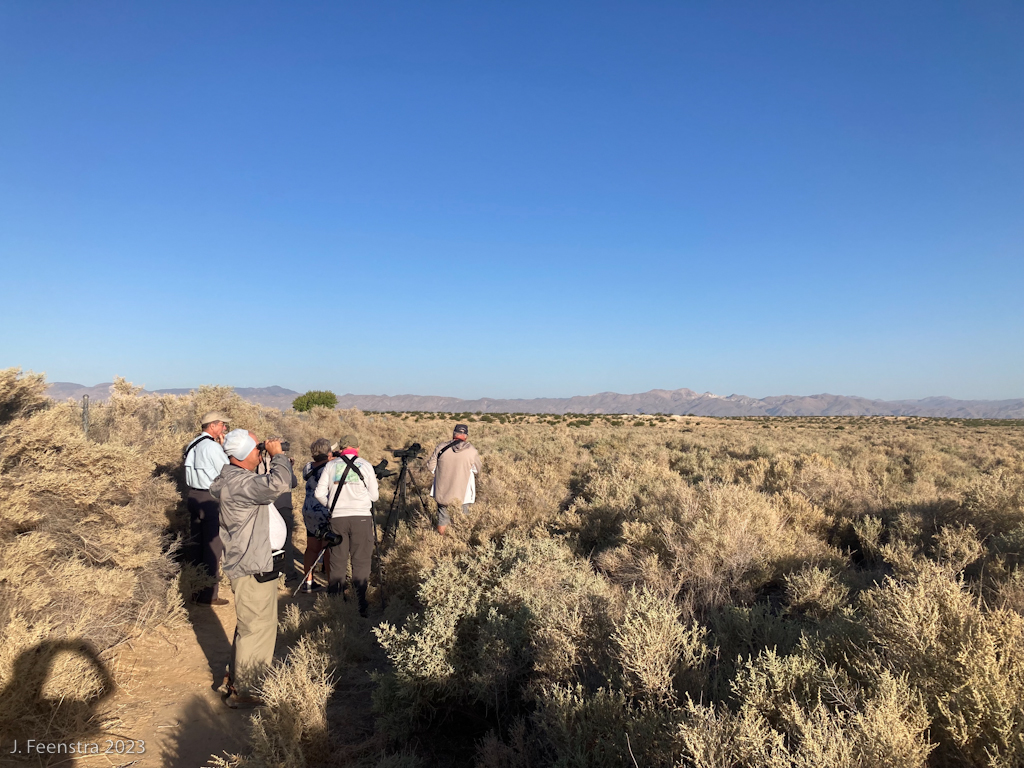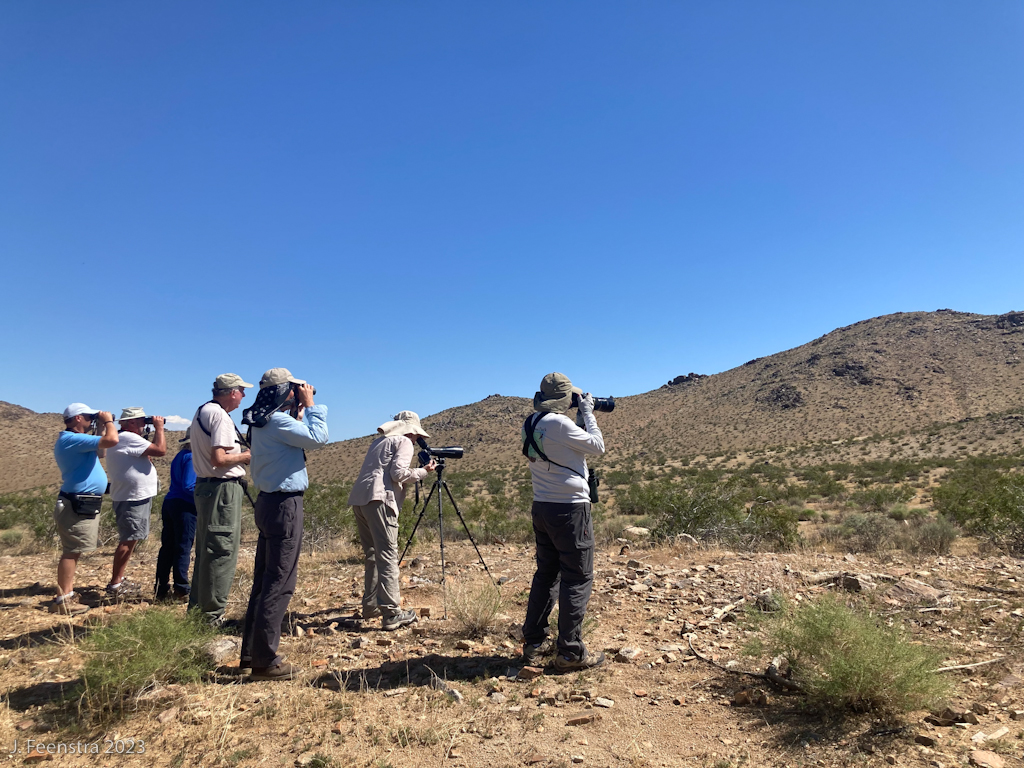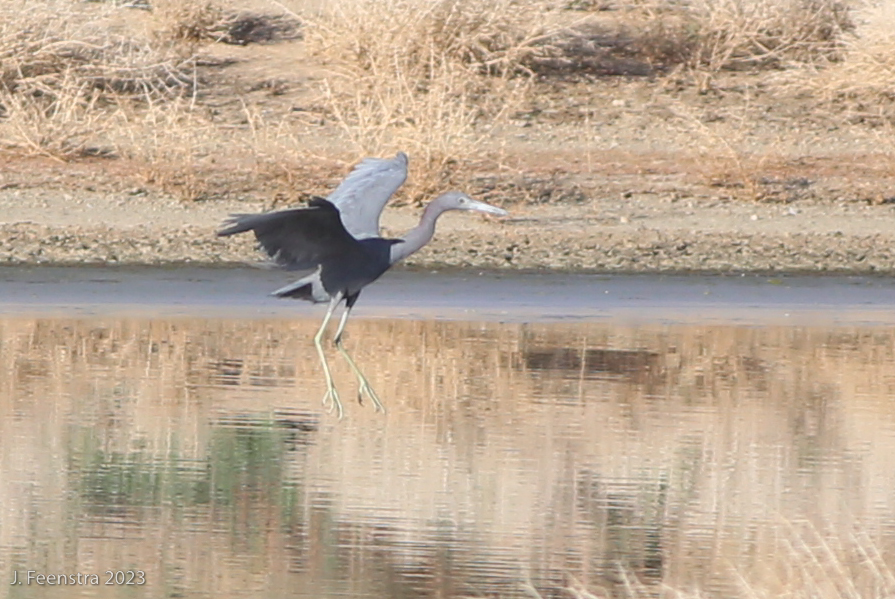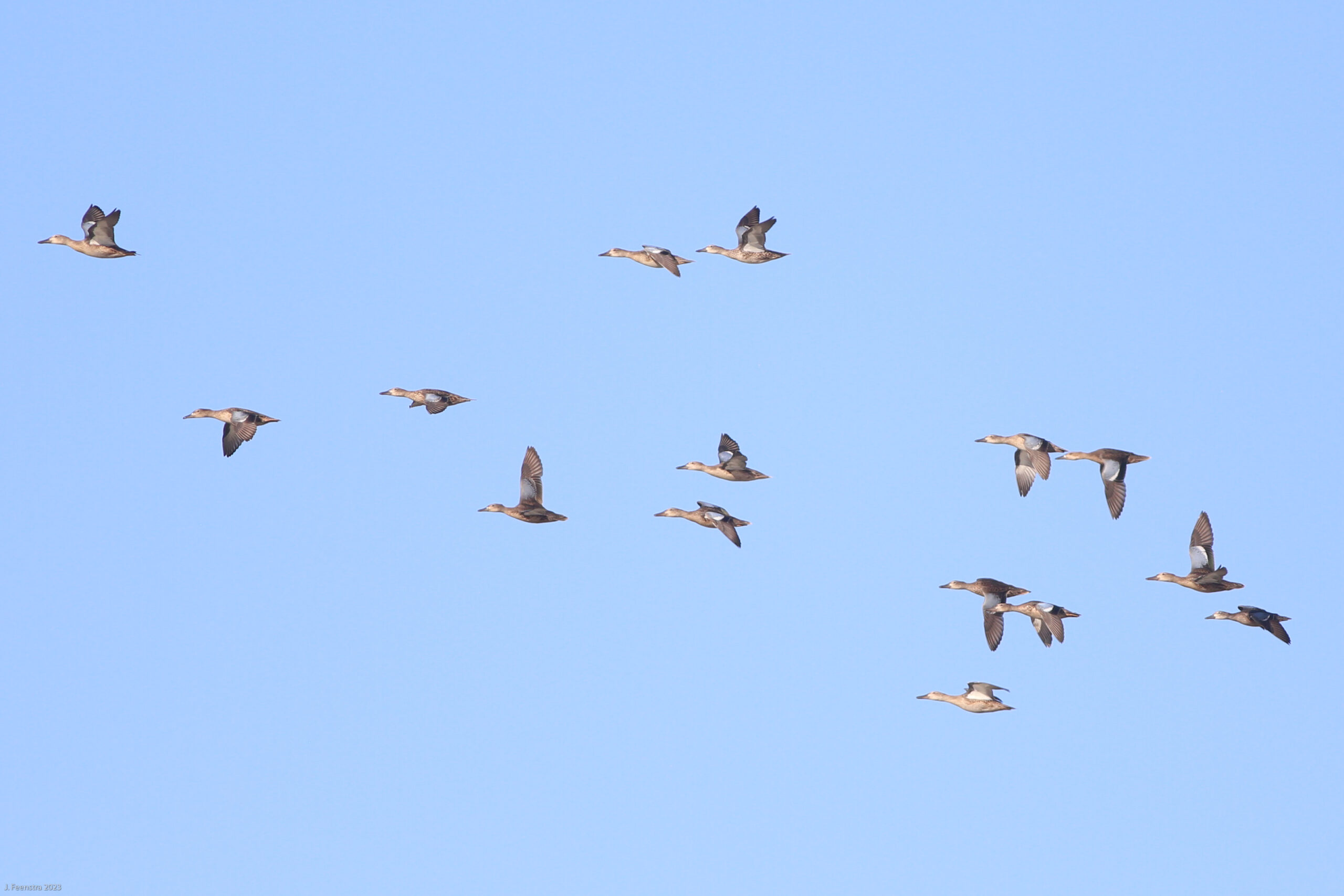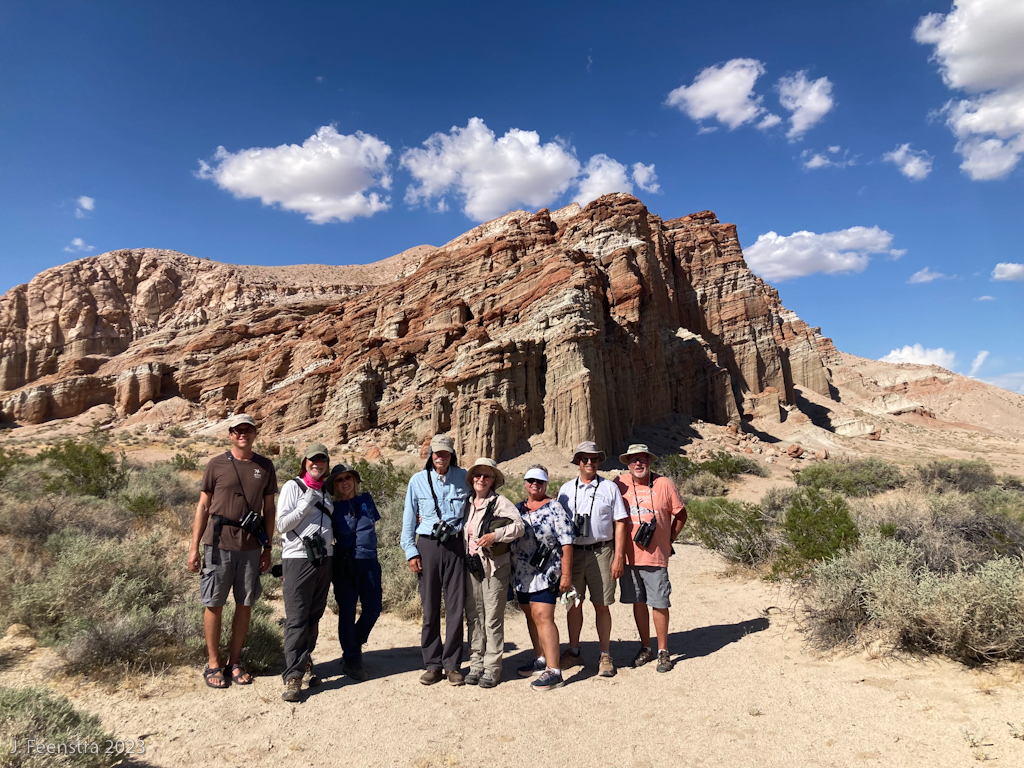WINGS Tour: California, Central and Southern, September 2023
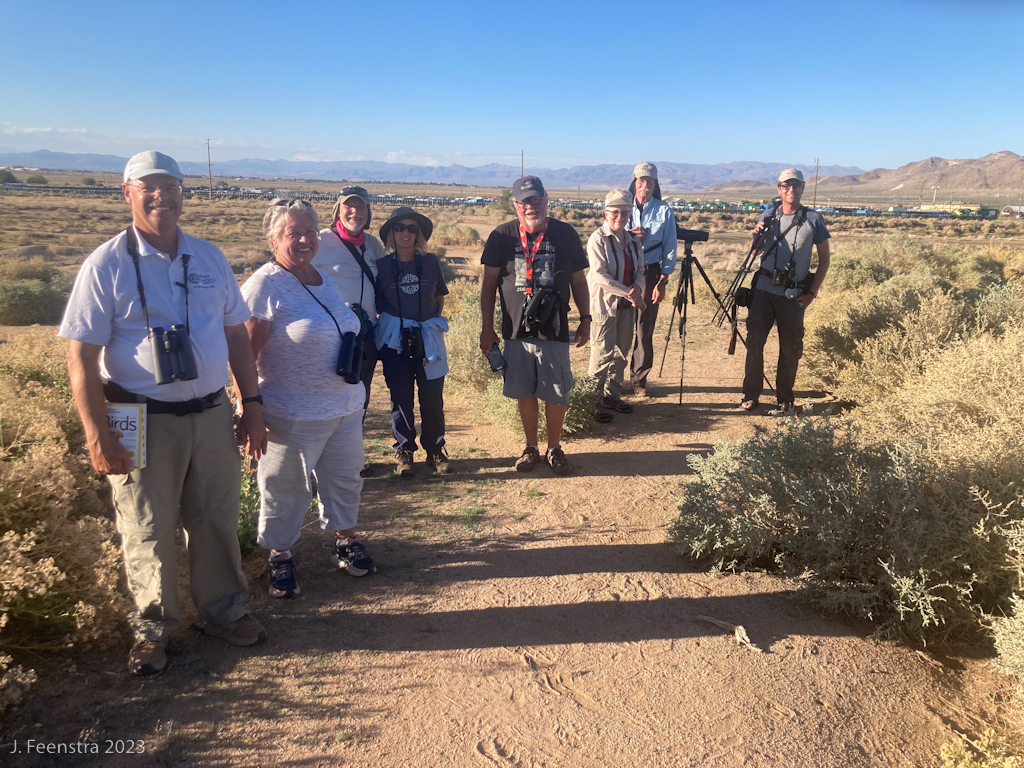
Septemer 3 - 16, 2023
The Crew: Chris, Doreen, Edward, Joe, Peggy, Rick, Ruth, Jon and Jon (bird guys)
This is the grand tour of the diverse habitats of the southern half of California with special purpose of finding the "California" birds. We began in San Benito County at Pinnacles National Park then spent a couple of days in San Luis Obispo County. We then went out to Santa Cruz Island, crossed Los Angeles into Orange County. After a morning in San Diego County, we went east and spent the next few days birding around the south end of the Salton Sea. From there, we went north and into the San Gabriel Mountains for the night. After a morning of mountain birding we crossed into the Mojave Desert and spent the next couple of days birding the area around California City and Ridgecrest before heading back to Los Angeles to end the trip.
We found all of the seven "California" birds: quail, condor, gull, gnatcatcher, scrub-jay, towhee, and thrasher. We also saw the two state endemic species: Yellow-billed Magpie and Island Scrub-Jay. Other regional specialties included Black-vented Shearwater, Ridgway's Rail, Yellow-footed Gull, Le Conte's Thrasher, Bell's Sparrow, White-headed Woodpecker, and a number of locally occurring subspecies like the coastal resident forms of White-crowned Sparrow, Savannah Sparrow, Orange-crowned Warbler, and Pygmy Nuthatch and the Colorado desert form of Song Sparrow. We also found some vagrant species (perhaps more exciting to the leaders than anyone else): Tennessee Warbler at Pinnacles National Park, a Ring-billed Gull on Santa Cruz Island, the continuing Tundra Bean-Goose in Los Angeles, Imperial County's first Ruby-throated Hummingbird, and a Little Blue Heron in Ridgecrest.

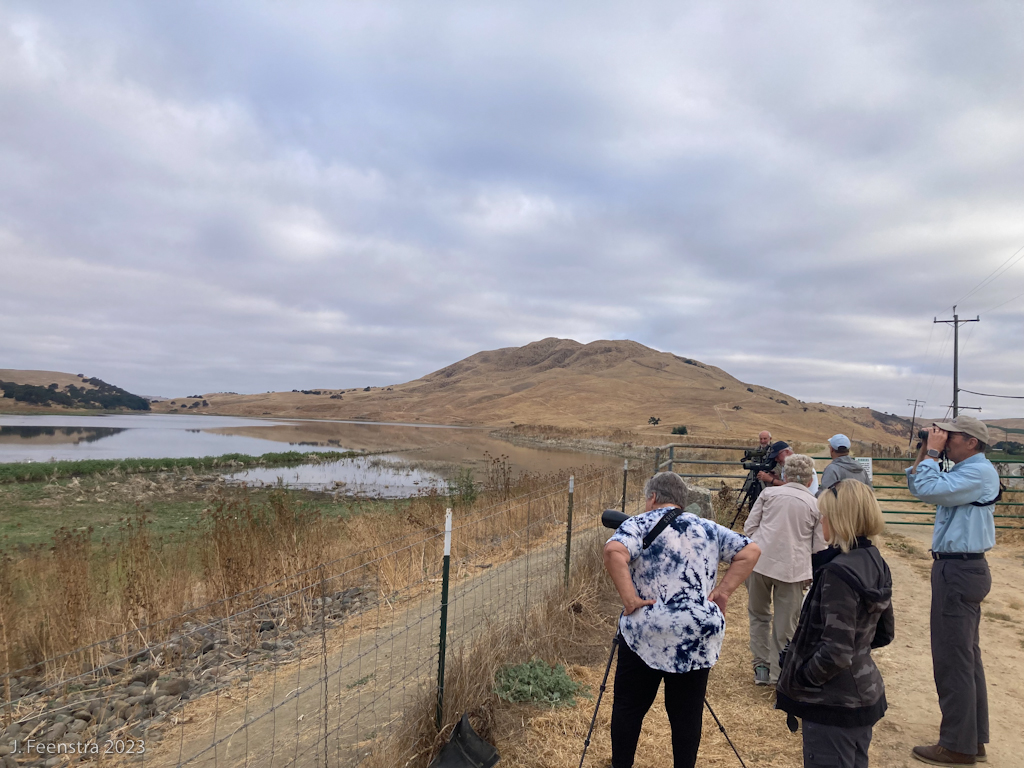
The first full day of birding was mostly in Pinnacles National Park to primarily look for the flock of California Condors that lives there. We got to the trailhead prepared for the 1-1.5 mile hike up the exposed hillside to the condor overlook, and we saw our first condor before the vehicles were parked. We did some of the hike anyway to get closer and enjoy some of the interior mountain scenery (us and 1,000,000 other people on Labor Day weekend). After closer looks at the condors we walked down a forest trail and saw Canyon Wren and our first vagrant of the trip, a bright Tennesee Warbler.
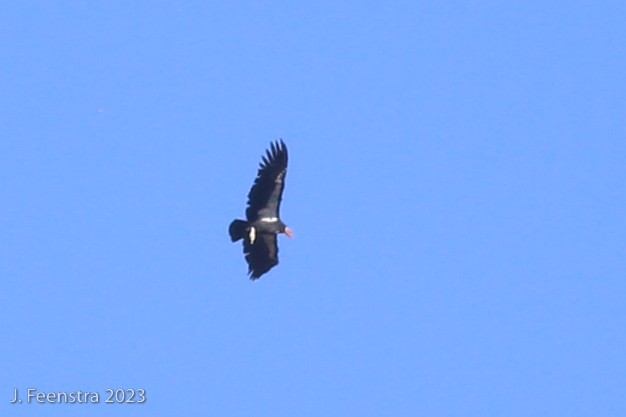
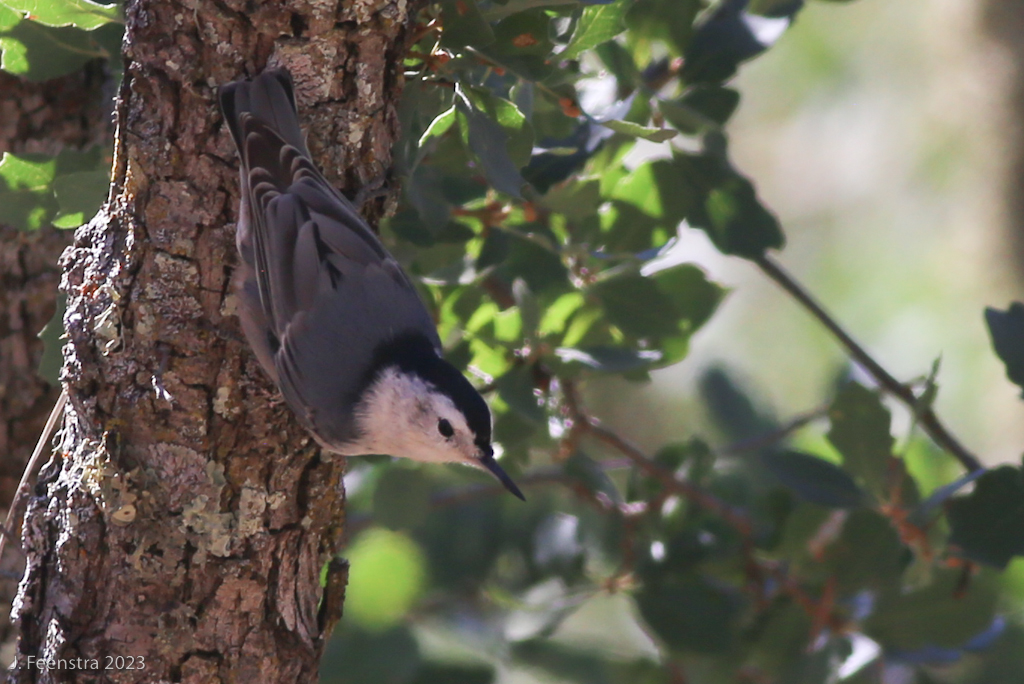
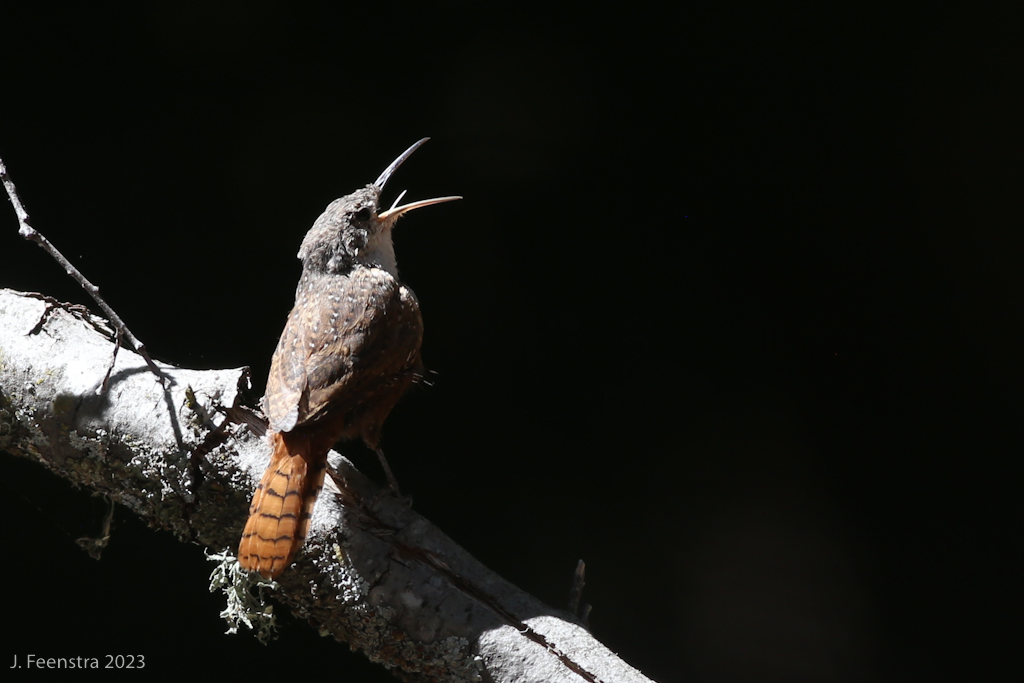
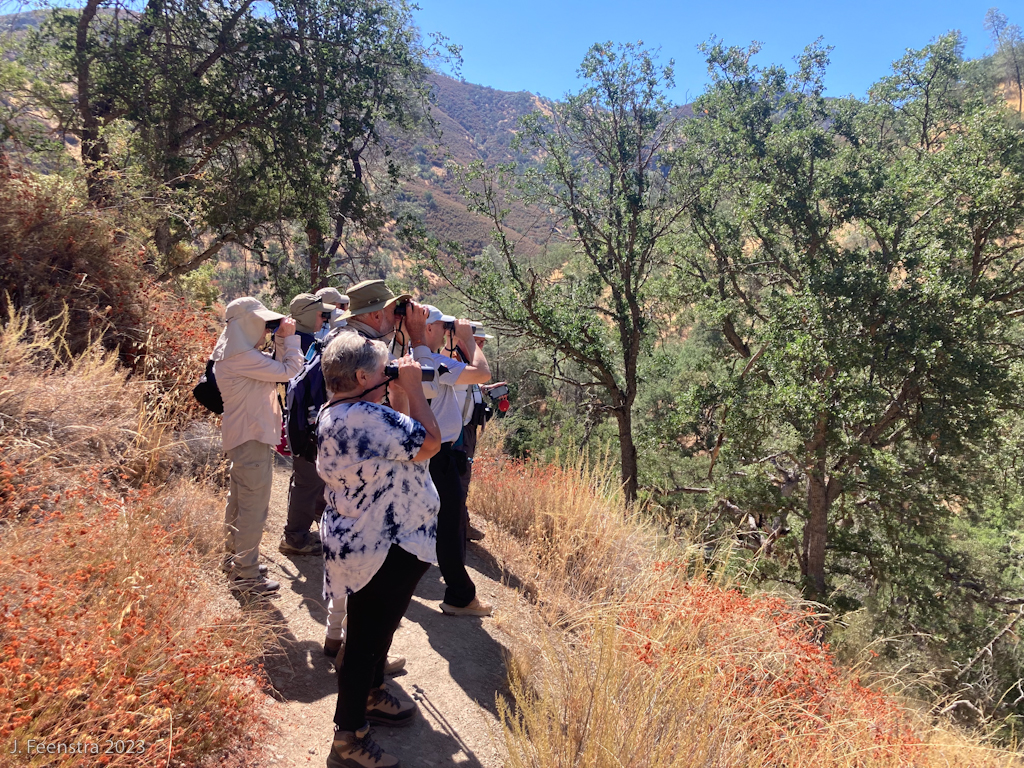
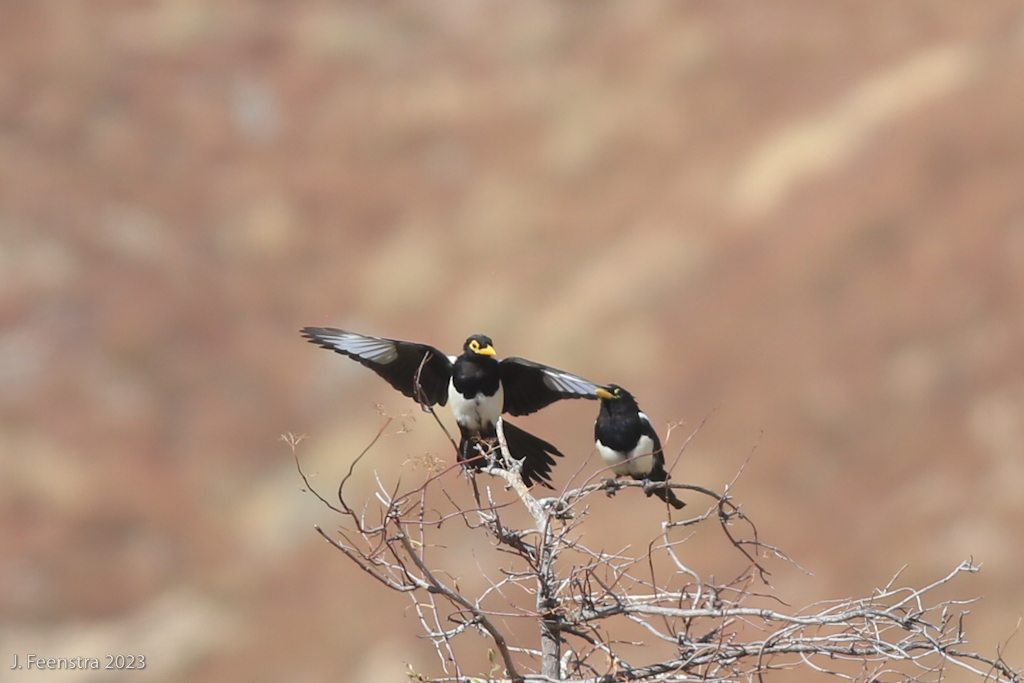
After Pinnacles we spent the next couple of days birding the central coast of San Luis Obispo County from San Simeon to Pismo Beach. We walked the Morro Strand for gulls, terns (an Arctic Tern on the beach was cool), and shorebirds. The coastal brush and woodlands collected a few migrants, as well as Chestnut-backed Chickadee and the coastal subspecies of Pygmy Nuthatch and Dark-eyed Junco.
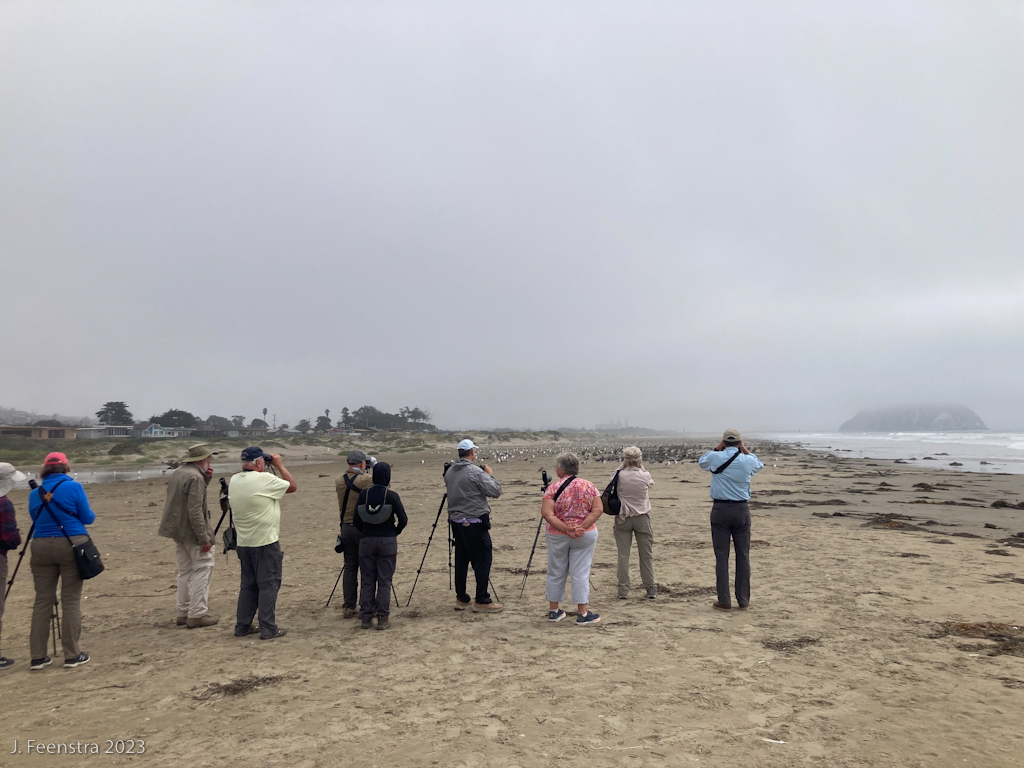
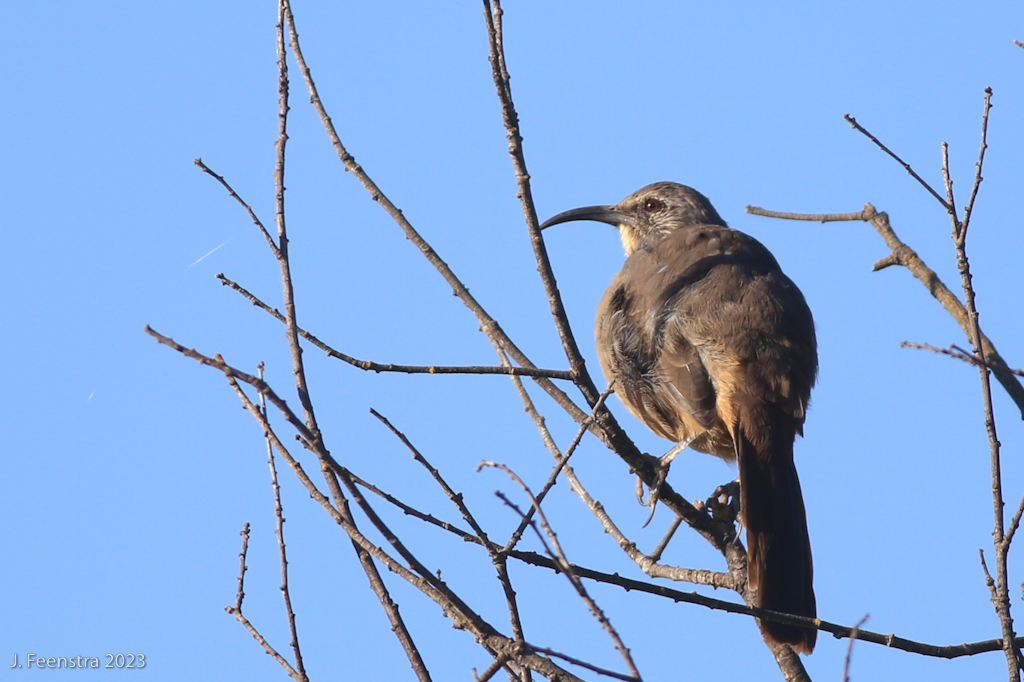
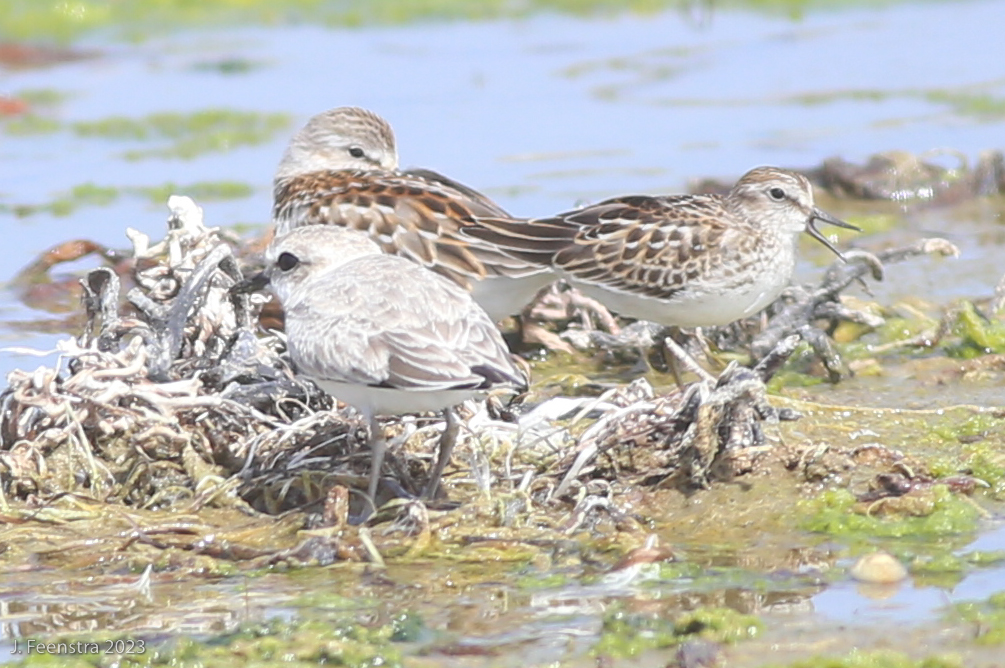
From San Luis Obispo, we continued south to Ventura County wherein we had a special trip into a private duck club. With roads around shallow ponds we had excellent and close study of shorebirds allowing us to focus on some notorious identification issues like: Long-billed versus Short-billed Dowitcher, Greater versus Lesser Yellowlegs, Wilson's versus Red-necked Phalaropes, and Least versus Western Sandpiper.
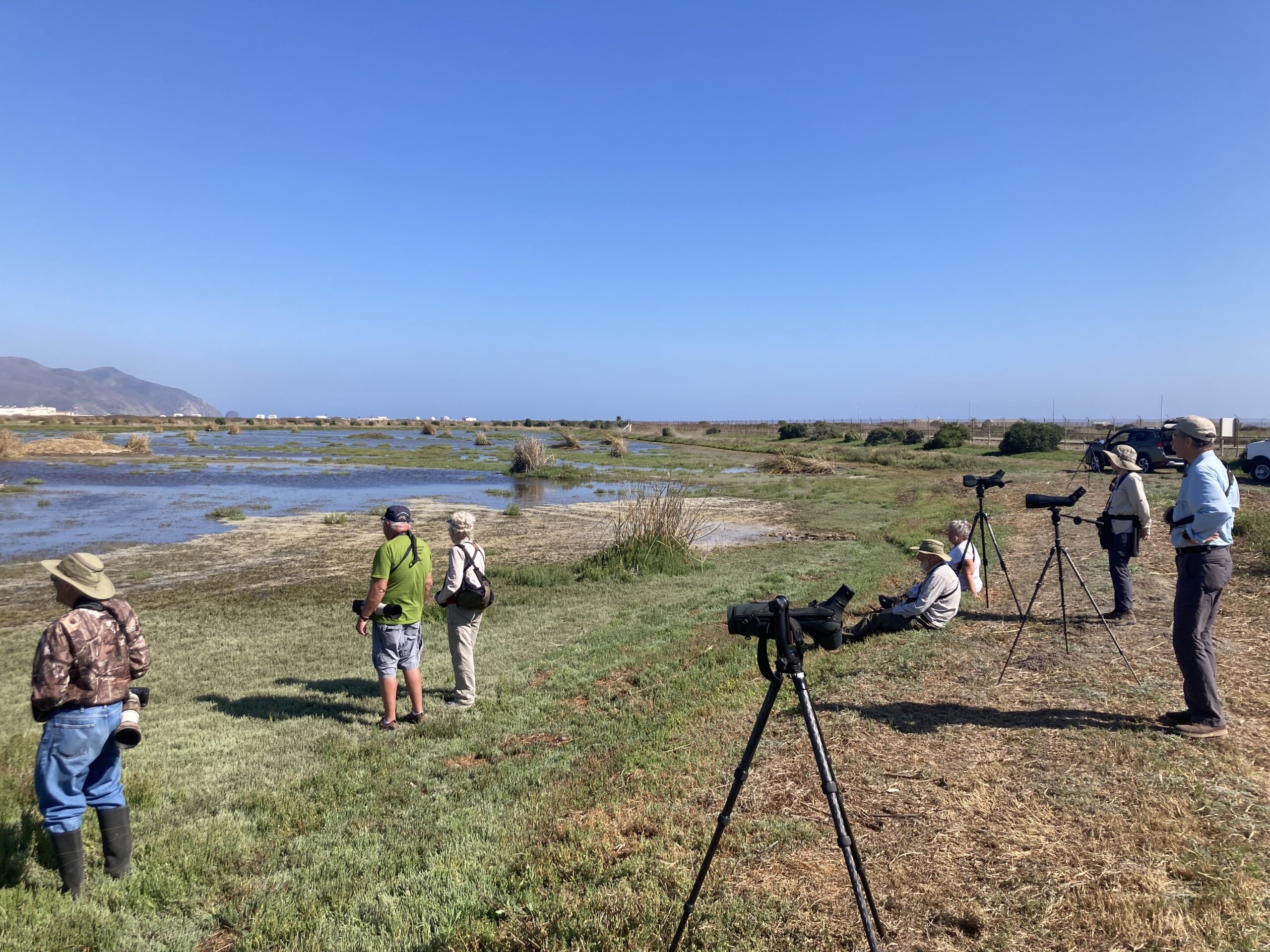
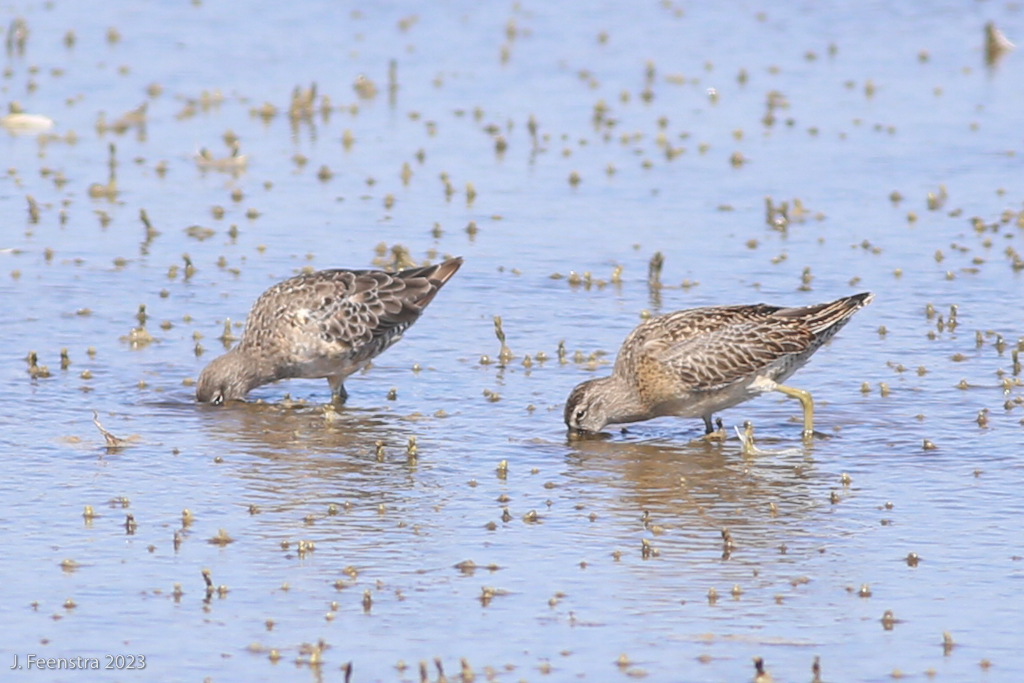
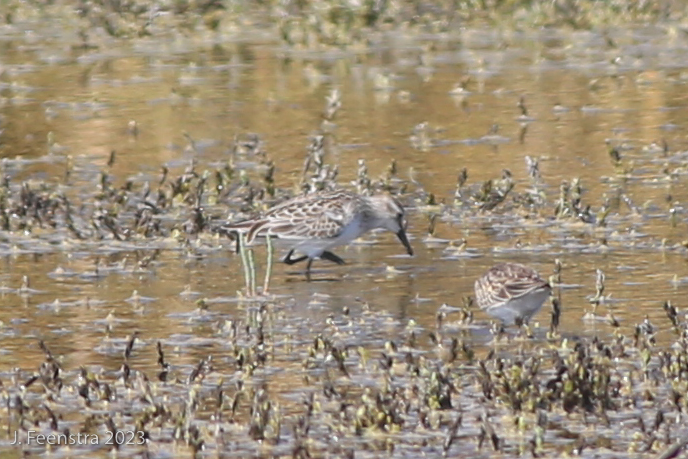
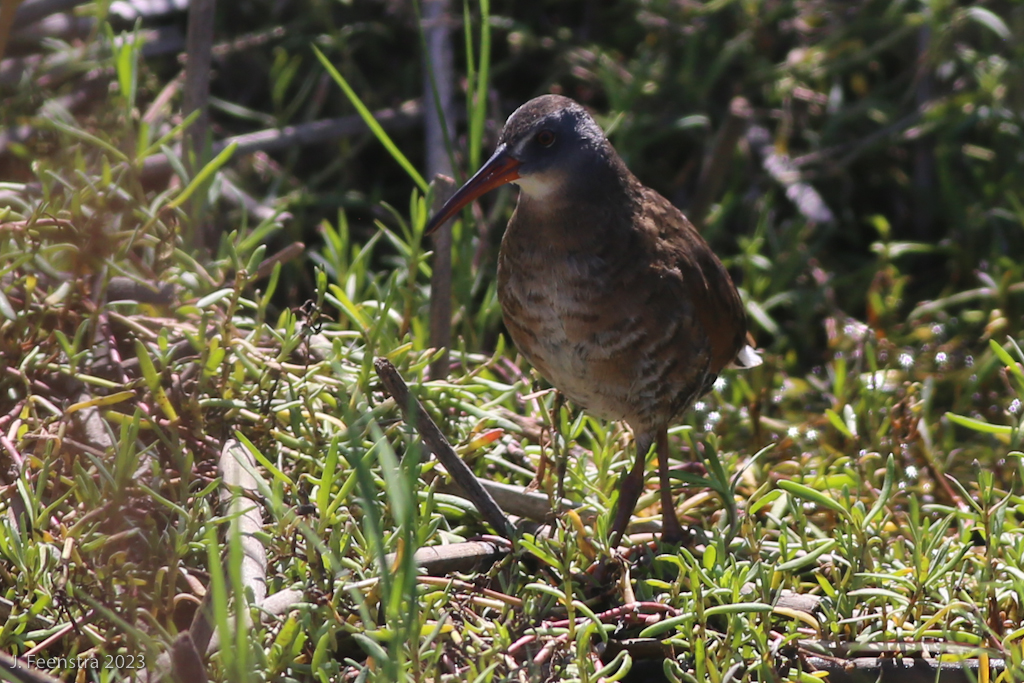
Ventura is also home base for the trip to Santa Cruz Island, on which resides the endemic Island Scrub-Jay. We got a few pelagic species on the crossing: Parasitic Jaeger, Black-vented Shearwater, but it was pretty fast. Once on the island, the scrub-jay was easy, and we got to see some other endemics like the sordida subspecies of Orange-crowned Warbler.
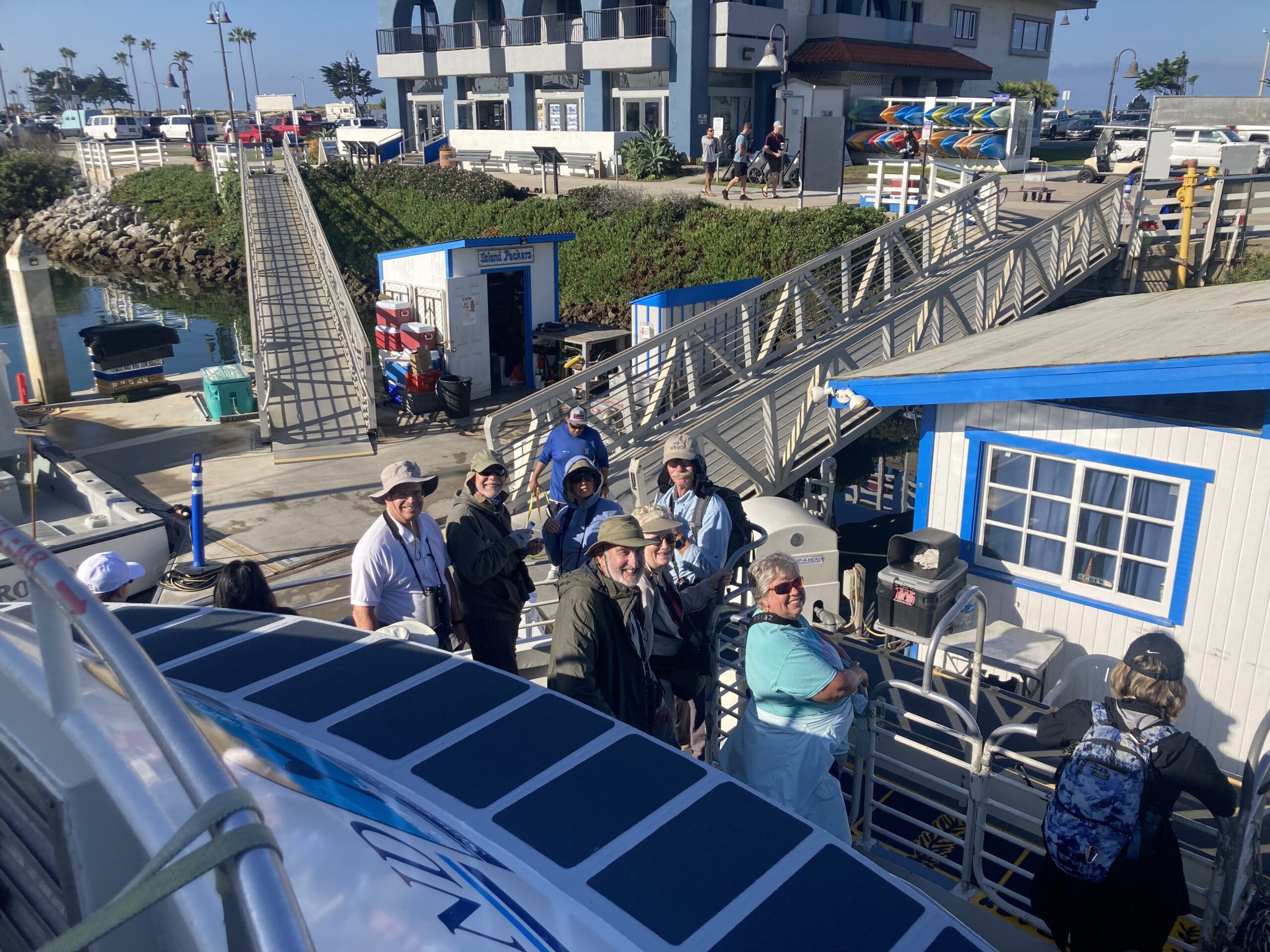
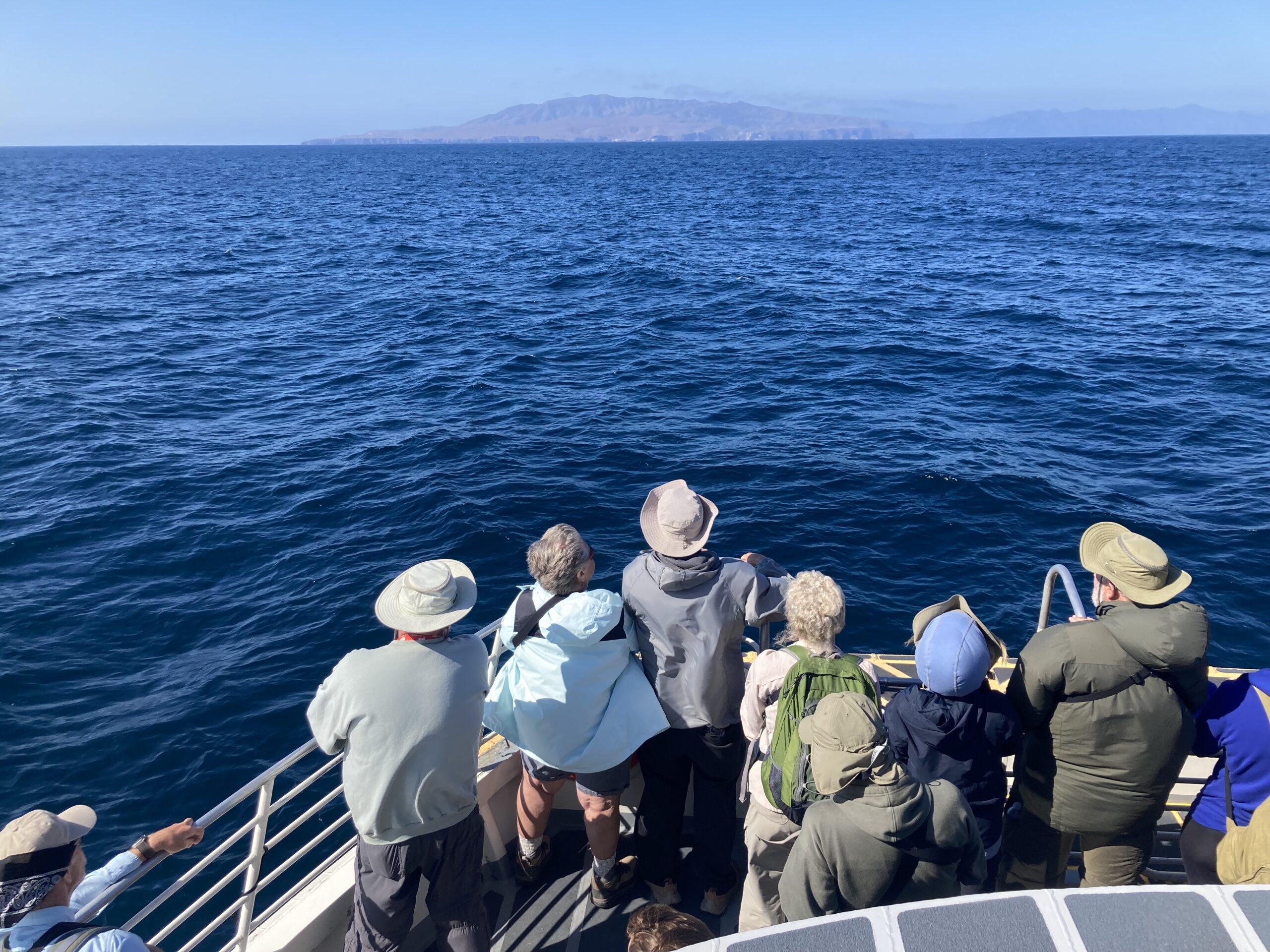

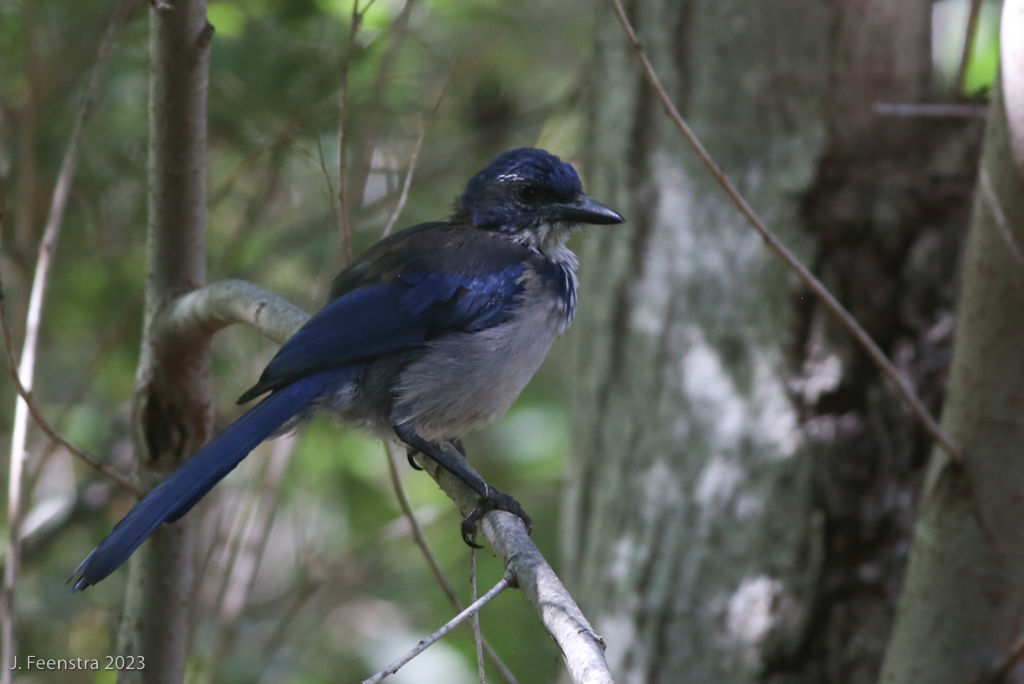
Book-ended by beautiful scenery and atmospheric birding, we had to pass through urban Los Angeles en route to points south. It wasn't so bad, and there are birds to see even in the city. We spent a few minutes at McArthur Park for Yellow-chevroned Parakeets and a Ross's Goose, then Granada Park for Mitred Parakeets and Red-crowned Parrot, then finally Earvin "Magic" Johnson Recreation Area for the now human-habituated Tundra Bean-Goose.
The afternoon in Orange County had us walking coastal migrant traps, a saltmarsh, and some coastal sage scrub for the rare and local California Gnatcatcher.
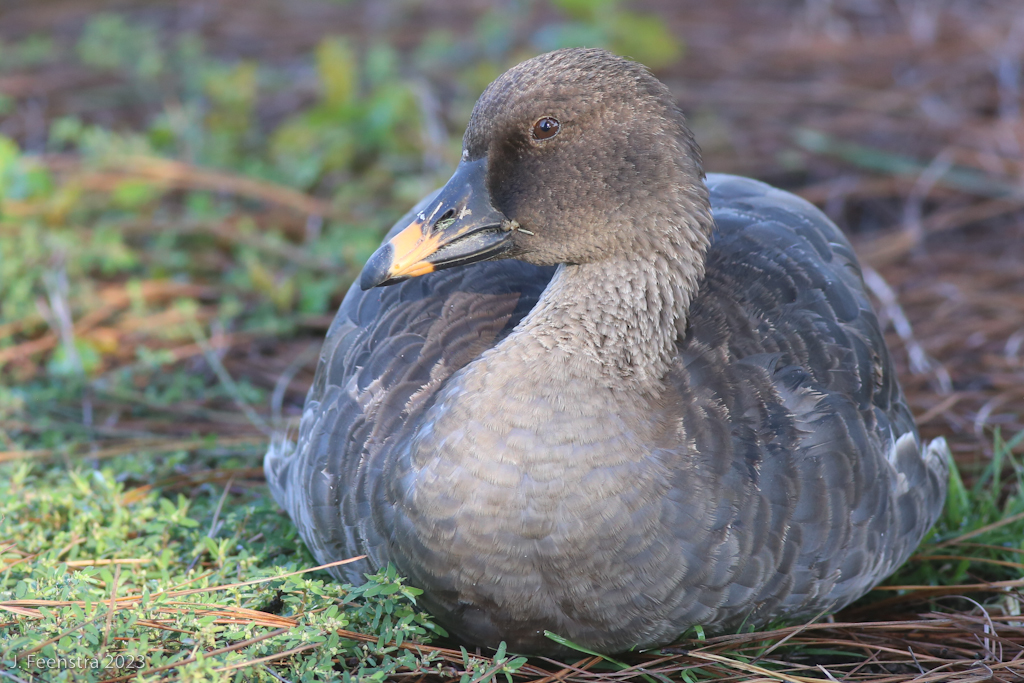
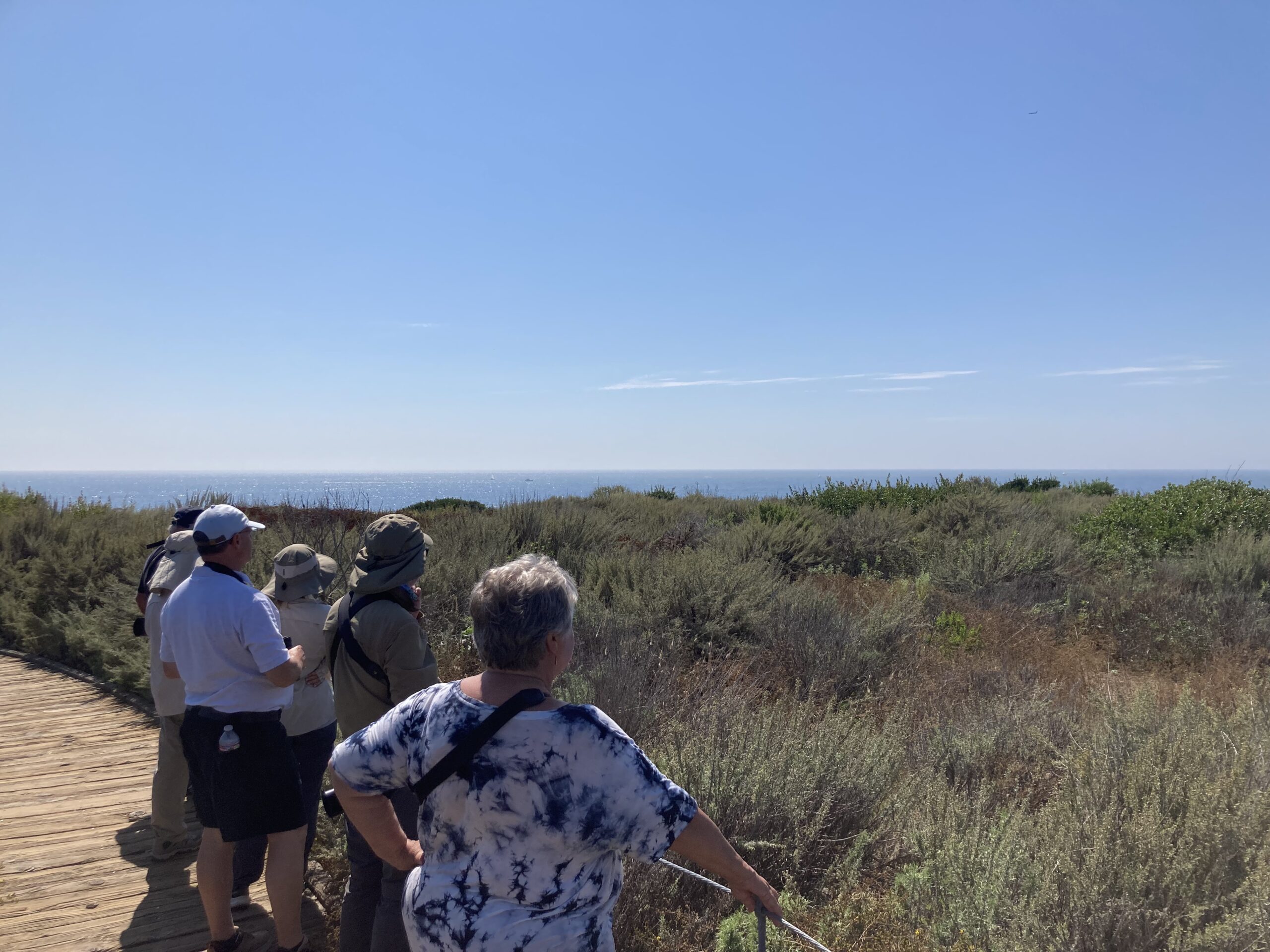
At this point, Jon F ducked out for a couple of days to be with his son for his 6th birthday. Presumably, the tour continued through San Diego and the Salton Sea. Apparently some birds were seen including Yellow-footed Gulls and a Long-tailed Jaeger. Jon F returned and met the group for more Salton Sea birding.
Joined by Salton Sea birding legend, Guy McCaskie, we continued around the south end of the sea birding some freshwater wetlands, some little ponds and flooded fields, and ended the day at a private residence watching hummingbirds come to feeders and songbirds come to water drips. We got nice looks at Ridgway's Rail in the wetlands, found a cooperative Yellow-footed Gull in a farm field, then popped the Salton Sea's first record of Ruby-throated Hummingbird at the feeders in El Centro.
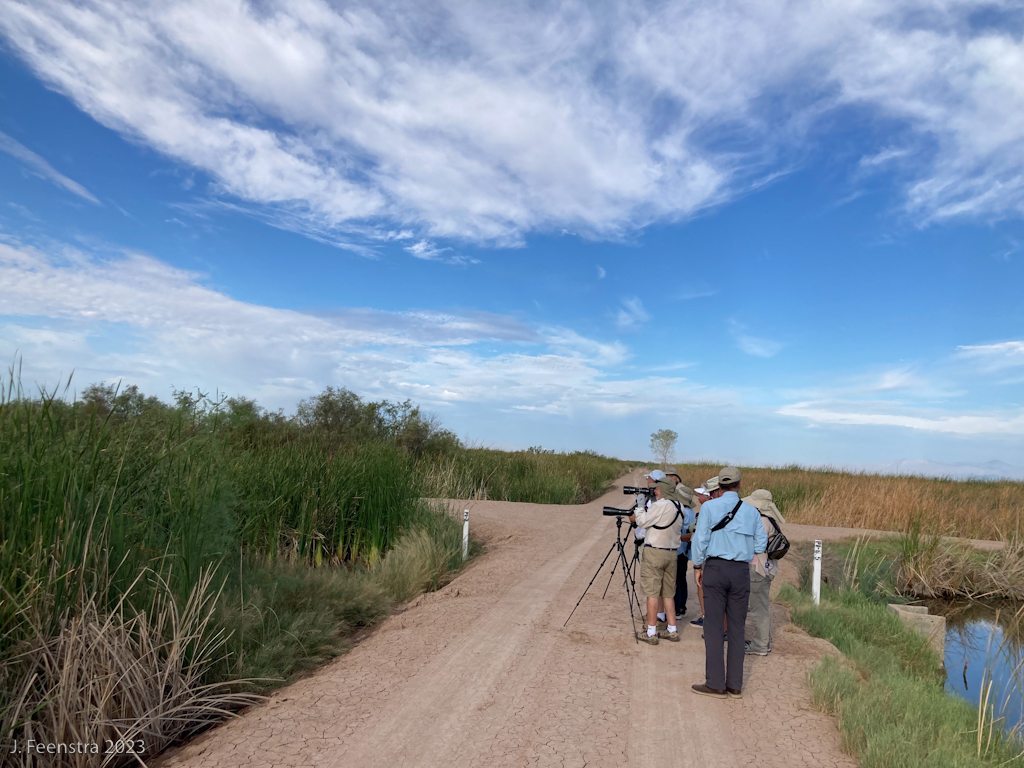
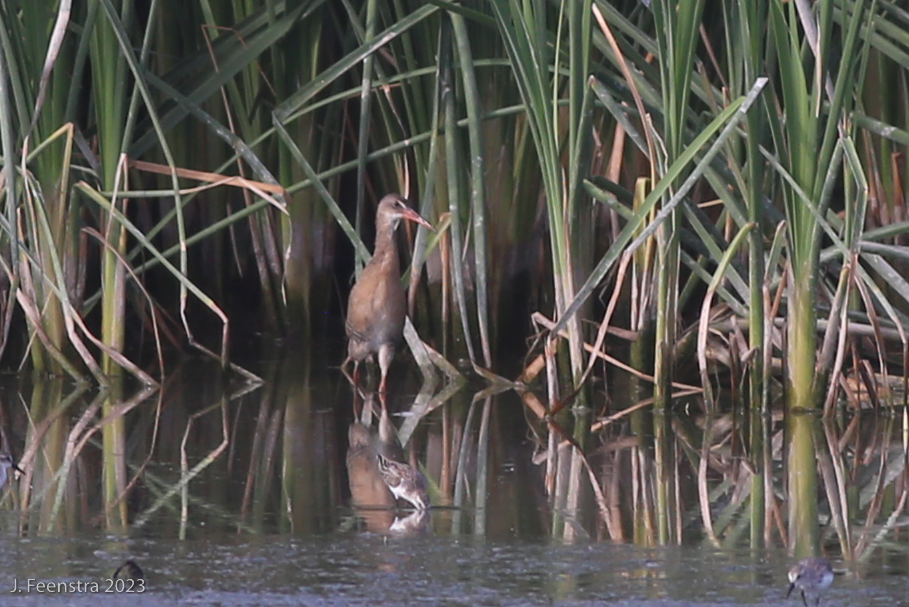
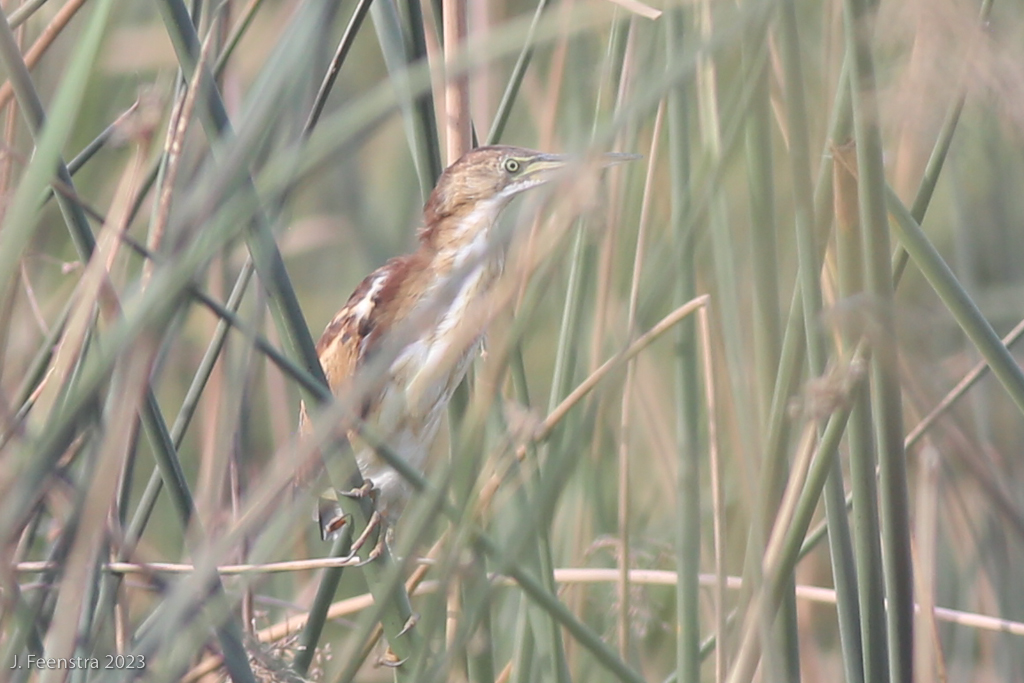
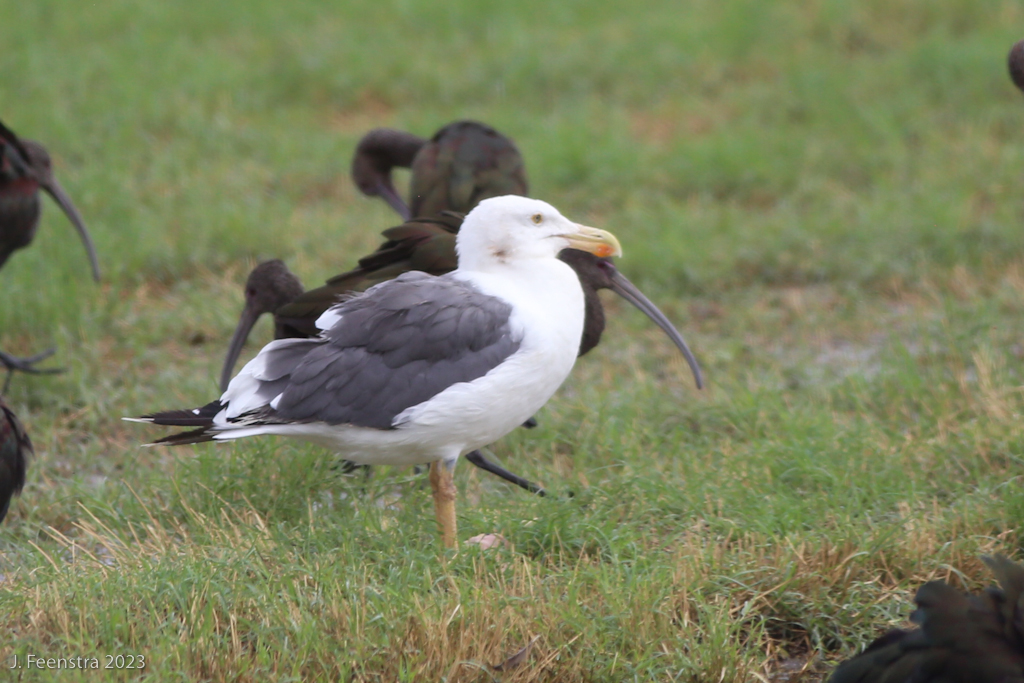
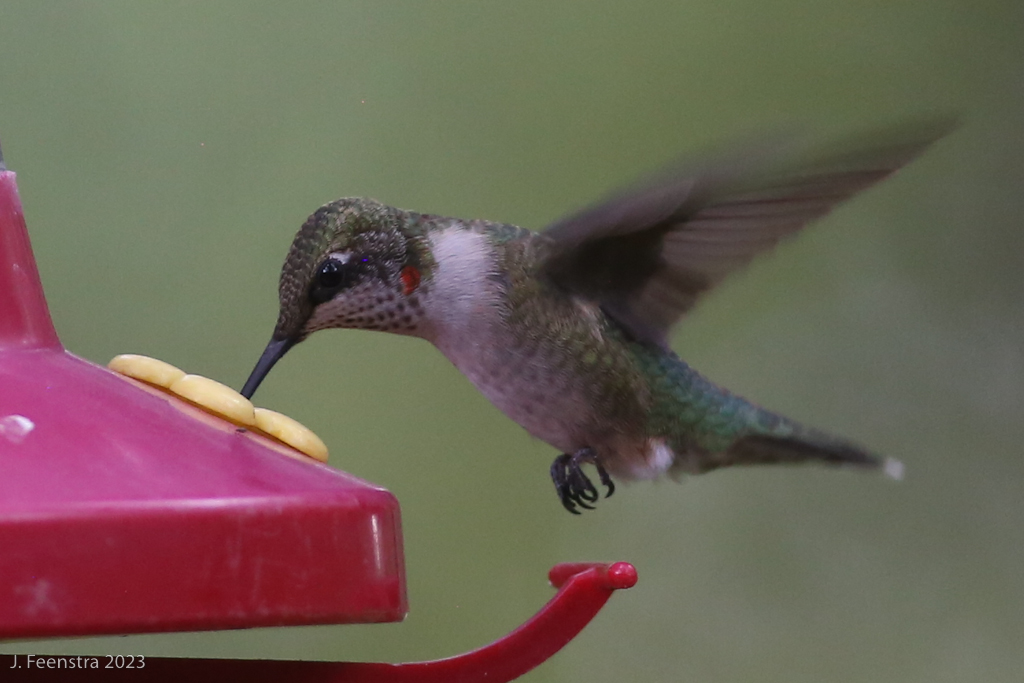
Leaving the Salton Sea and the "low" Colorado Desert, we went high, into the crisp, cool air of the San Gabriel Mountains. It was a major change of scenery and climate - and sweatshirts were actually needed. We got on some specialties like Red-breasted Sapsucker, White-headed Woodpecker, Green-tailed Towhee, Cassin's Finch, and Band-tailed Pigeon.
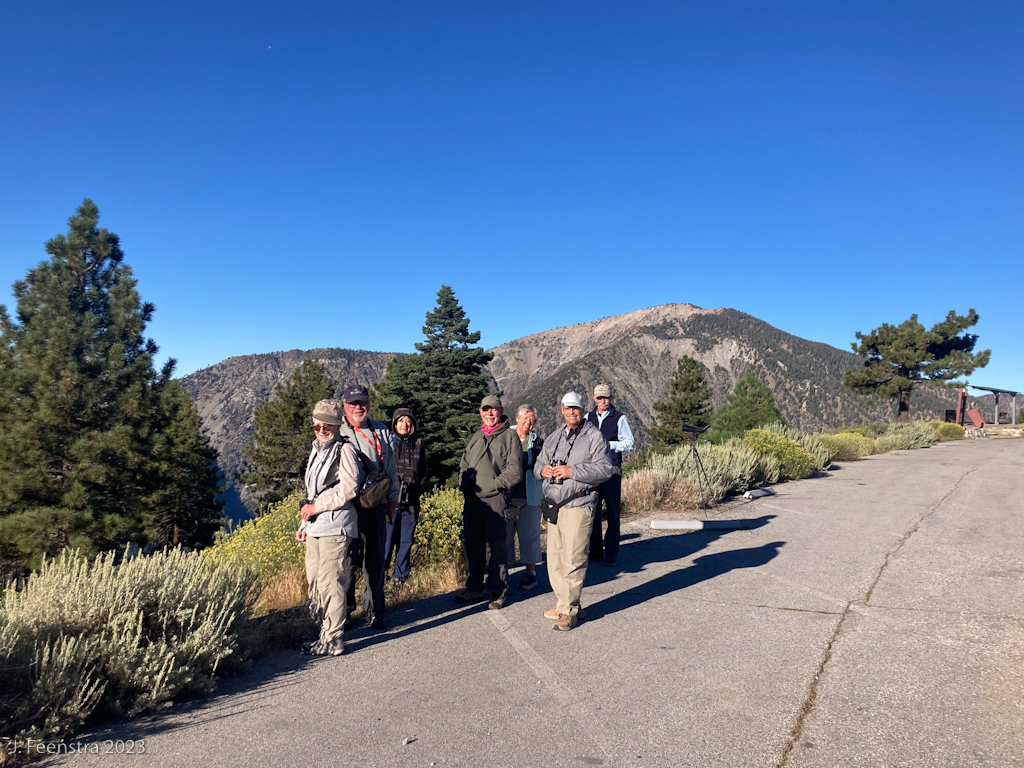
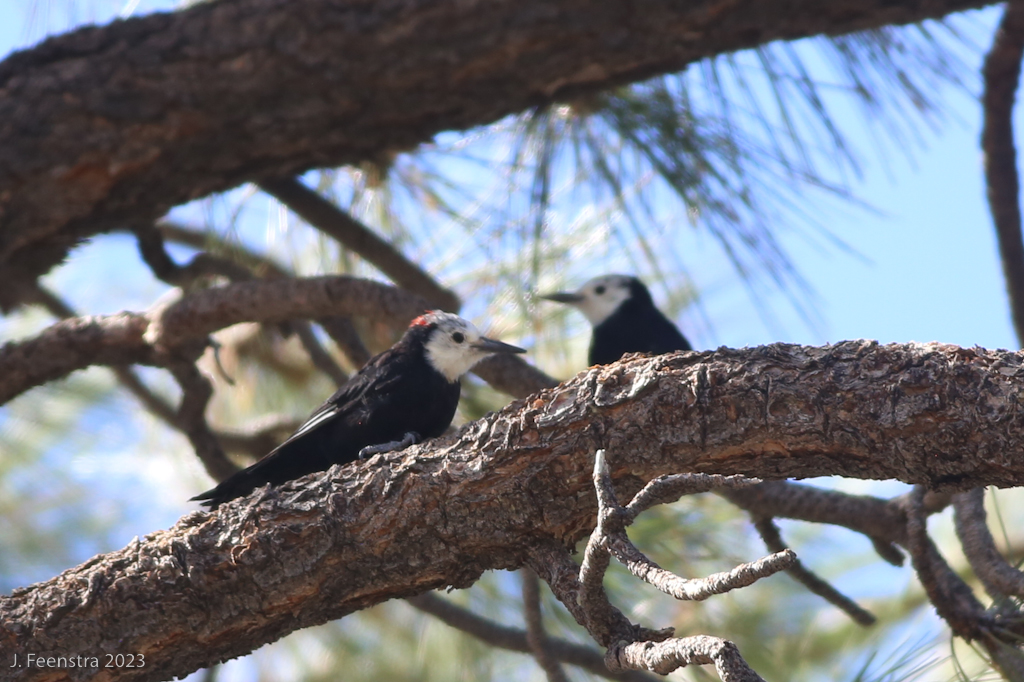
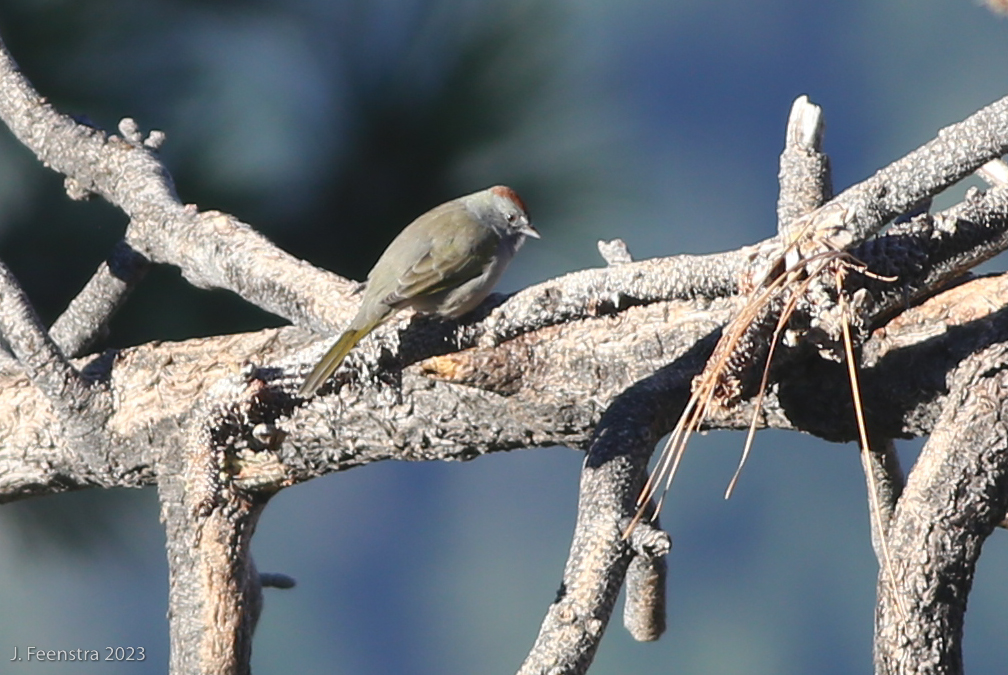

Our final days of birding were in the "high" Mojave Desert based in California City. We worked the arid saltscrub for Le Conte's Thrasher and Bell's Sparrow. We birded the edges of parks, gardens, college campuses, sewage ponds, golf courses, and other such oases for migrants. And, we birded rocky desert and joshua tree woodland for the tough resident birds of the Mojave.
And, after all that, and a pleasant nearly two weeks of birding, we saw a roosting Long-eared Owl and made the grind back into the city to end the tour.
